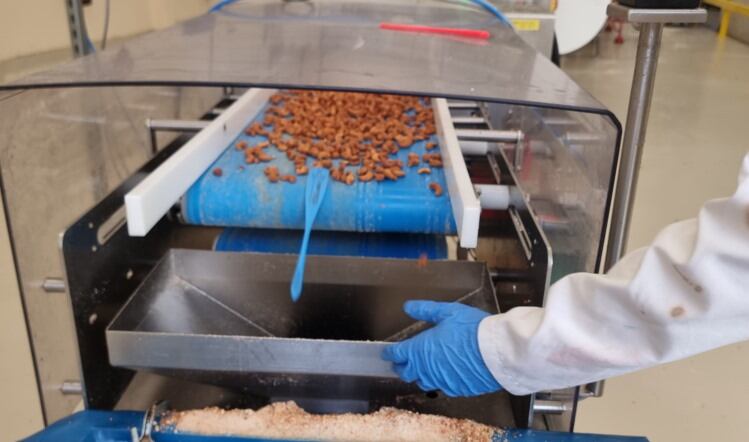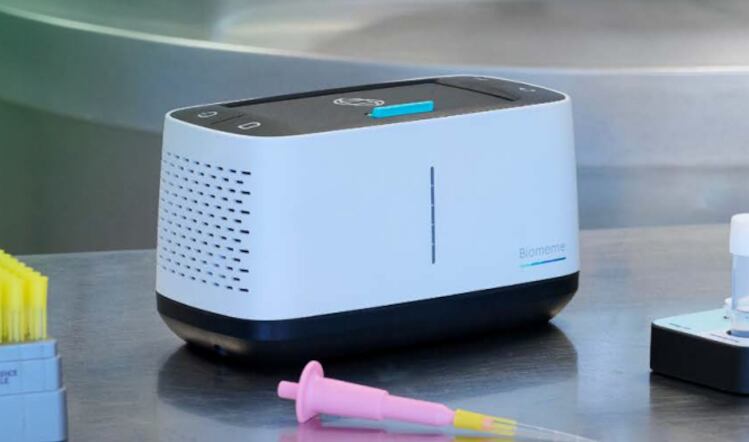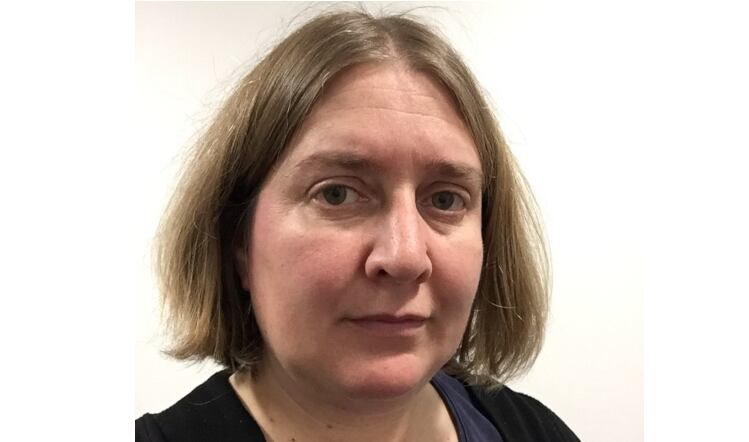X-ray technology has been a key tool in most food and drink manufacturers’ arsenals, serving as an easily adaptable way to inspect their products for foreign contaminants. But as with any form of machinery used in a factory where space comes at a premium, the challenge now is less about advances in the tried and tested systems and more about fitting them on to an already full factory floor.
Meat processor Kepak was one of many businesses that faced this problem when deciding how to improve their production lines at its Kirkham manufacturing site.
Already replete with an ageing mix of metal detectors and checkweighers, the manufacturer wanted a newer system added to the eight lines on site to detect softer contaminants such as bones. It also needed it to ensure that a sauce sachet and cheese slice were correctly placed in the packs.
Kepak wanted to increase its detection capabilities, to continue to weigh its products and check product integrity, all with a smaller footprint.
With that challenge in mind, the company approached equipment supplier Loma, which supplied it with eight of its compact X5 Spacesaver X-ray units – one for each line.
These systems offer capability to detect softer contaminants such as bone, ceramic and glass – 0.4mm for very small metal contaminants and 0.8mm to 1.6mm for softer contaminants – while checking product weight and volume to a 3g tolerance.
The ultimate solution for Kepak – and possibly other businesses in need of updated detection systems but no space to fit them – is to go down the route of an all in one package. Why have multiple systems in place, each requiring their own maintenance and upkeep, when you can have one system that does all that work and more – and maintain a smaller presence on the floor?
Advances in X-ray systems
While floor space has become a major factor in the development of new X-ray systems, suppliers continue to explore the practical application of these devices in food and drink manufacturing sites.
With systems able to detect metal, glass, wood, rubber, high density plastic, stone and calcified bones at 100 parts per million, the next step is to make machines more energy-efficient and cost-efficient for their users.
Fortress hoped to win over manufacturers conscious of their energy consumption with its Raptor X-ray. The machine boasted an all-electric actuator to push rejects from overhead into a BRC-approved reject bin located to the side of the conveyor. It requires a maximum 10 amps to operate, compared to an air conditioned x-ray, which typically needs 16 amps. Equating to approximately £4,000 power saving per machine, per year.
As suppliers find new ways to tweak the physical specifications of their detection and inspection devices, one key arena of rapid change in the food and drink space is the use of the Internet of Things (Iot) to boost their potential.
Indeed, Fortress' latest Raptor X-ray systems incorporate software collating live data from the production line to increase throughput and maximise contaminant detection, while slashing the number of false rejects.
One novel feature of the Raptor X-Ray's software is it automatically incorporates every UK retailer code of practice that exists, integrating it into the machine's operating menu.
Production operatives can select the retailer and product being inspected, run a calibration and quality assurance test, pass the test packs through the x-ray, confirm rejection and remove from the reject bin. After pressing pass and signing the digital report, a report is instantly dispatched from the HMI over the company network directly to the technical manager’s inbox. In less than a minute, a new product application is ready to run.
Metal detection here to stay
For all the rapid growth in the capabilities of x-ray machines, demand remains strong for metal detectors, their more specialised counterparts. The next step for them – much like with advances in X-ray technology – is to offer more in one unit. Why settle for two disparate systems that require their own upkeep when you can get one machine that ‘does it all’?
An example of this mindset in practice was the recent installation of eight IQ4 Metal Detection Combination systems by poultry processor Forresters. The manufacturer’s aim was to simplify the production line by replacing metal detection equipment and check weighing systems from different brands with a combination system from one vendor.
Angus Dilliway-Parry, operations director at Forresters described the IQ4 Combo as easy to operate, adding: “We now don’t need to train operators on two different machines anymore. We’re also very pleased with the visibility the new systems provide, with set tolerances stopping unnecessary product give-aways, ultimately saving us money.”
Much like the X-ray combo, the IQ4 from Loma freed up floor space for Forresters – 25% on the production line.
Manufacturers that haven’t yet embraced the full capabilities of metal detection and X-ray systems will find it won’t be long before their customers start demanding their use. Natures Way Foods, for example, had to rapidly adapt when X-ray inspection was requested by a supermarket customer.
There's always room on the production line for metal detection and checkweighers. But it seems likely that the cost of floor space will prompt greater demands for combination systems offering everything in one neat package. In a crucial area such as food safety, it would be foolish not to keep up with the next advances coming down the line.
Yamato Scale Dataweigh introduces x-ray inspection to Natures Way Foods
Yamato Scale has installed fresh prepared foods producer Natures Way Foods' first ever x-ray systems at its Merston plant.
Previously, the manufacturer worked with Yamato to expand their facilities, culminating in the creation of reportedly the largest bagged salad factory in Europe. Part of this included the installation of 25 checkweigher/metal detection combi systems.
The inclusion of x-ray adds another layer to the site’s quality control protocol. Two of Yamato’s YX20 x-ray systems have now been installed into the Merston-based facility, enabling the detection of a wide range of contamination across the product range, including metal, ceramics and glass.
Yamato also provided training for the Natures Way team, including guiding them through IRR17 rules for working with x-ray, to ensure the system was used safely and accurately.
Nick McLaren, Yamato’s product manager for inspection equipment said: “Our YX20 systems allow for real-time analysis of output, enabling plants to quickly identify and address issues, including contamination. We truly believe x-ray offers the highest level of quality control for manufacturers and are delighted to see more companies embracing it.”





